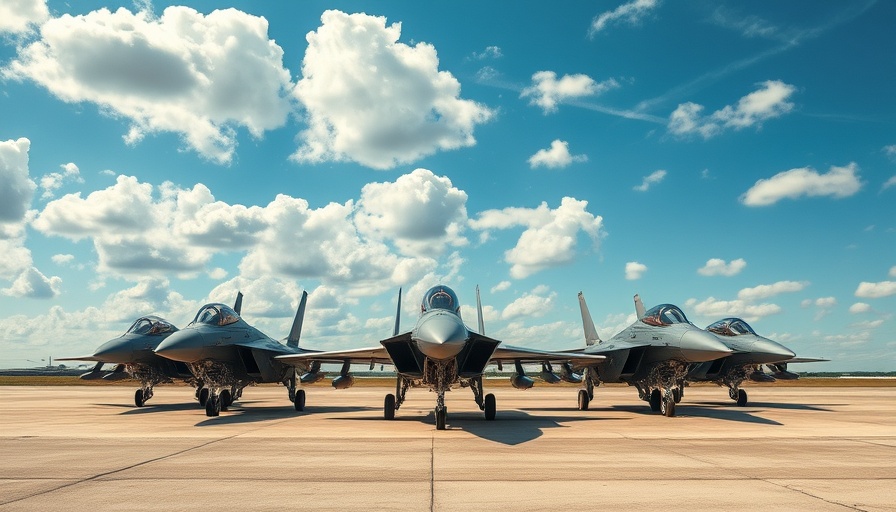
China's Persistent Struggle in the Middle Eastern Arms Market
China is witnessing a challenging period in its effort to penetrate the Middle Eastern arms market, particularly with its J-10 fighter jets. Despite showcasing these advanced aircraft at high-profile events such as the Dubai Airshow and the Egypt International Airshow, the People's Liberation Army Air Force (PLAAF) has found it difficult to secure any substantial sales of the J-10 model.
Understanding the Competitive Landscape
The lucrative arms market in the Middle East is highly competitive, dominated by Western nations, particularly the United States and European countries. For decades, Washington has been the primary arms supplier to key regional allies, which creates a significant hurdle for China. The U.S. has established a long-standing strategic relationship with nations like Egypt and Saudi Arabia, leveraging this trust to secure military contracts. China, on the other hand, must not only demonstrate the superiority of its technology but also shift perceptions about reliability and performance.
Cultural and Political Influences on Arms Purchases
Arms purchases in the Middle East are heavily influenced by political considerations and historical relationships. Countries in this region often choose their military hardware based on partnerships that align with their strategic interests. Despite China’s military advancements, skepticism remains regarding its technology and support infrastructure, which plays a crucial role in decision-making.
Looking Ahead: Opportunities for China in Defense Technology
China's hopes for future success in the Middle East arms market could hinge on a more robust diplomatic strategy, which includes joint exercises like the recent 'Eagles of Civilization – 2025' event in Egypt. This allows China to showcase its logistical capabilities and technical expertise live in action, potentially swaying opinions in favor of its military hardware. Moreover, ongoing technological advancements in Chinese defense products could improve their appeal, provided they also address maintenance and support concerns.
Strategic Implications for the Future of Defense Sales
China's ongoing struggles highlight the persistent challenges it faces in the global arms market, particularly in regions where established partnerships hold sway. While the J-10 shows promise as a competitive aircraft, China must develop a multifaceted approach that combines technological strength with diplomatic finesse to enhance its position. As geopolitical dynamics evolve, especially amidst increasing global tensions, Beijing's ability to adapt and innovate will ultimately dictate its success in exporting military technologies.
 Add Row
Add Row  Add
Add 




Write A Comment